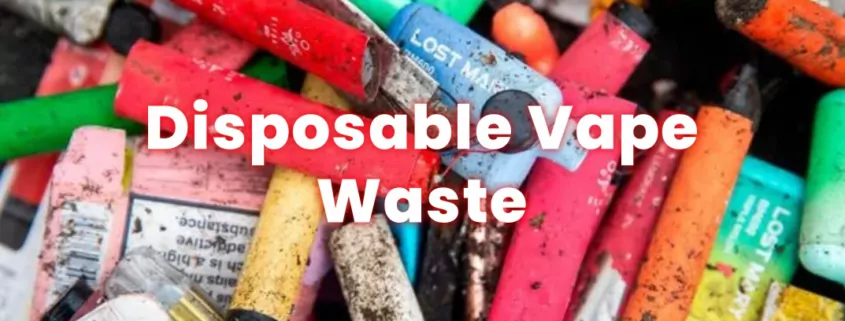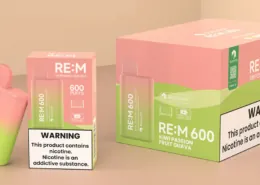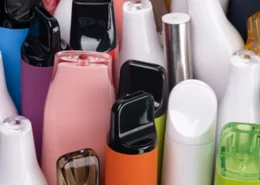The Overlooked Environmental Impact of Disposable Vaping
The use of e-cigarettes, commonly known as vaping, has gained immense popularity these years. Many people have turned to vaping, believing it to be a safer an alternative to traditional smoking. However, a growing concern is emerging regarding the environmental impact of vaping, particularly the overlooked issue of vape waste. Disposable e-cigarettes, with their plastic bodies and limited usage, contribute significantly to the accumulation of non-biodegradable waste.
The Extent of Vape Waste
Disposable vapes, unlike refillable devices, are designed to be used until they are empty and then discarded. The CDC Foundation estimates that consumers in the U.S. purchase approximately 11.9 million disposable e-cigarettes each month. To put this into perspective, a recent report by the U.S. PIRG Education Fund reveals that if these disposable vapes sold annually were lined up end-to-end, they would stretch for more than 7,000 miles. This distance exceeds twice the width of the continental U.S., highlighting the sheer magnitude of the issue.
The Rise of Disposable E-cigarettes
Disposable e-cigarettes have experienced a remarkable surge in popularity, overtaking traditional vaping devices in terms of unit sales. According to the CDC Foundation, as of March 2023, disposable e-cigarettes accounted for approximately 53% of all e-cigarette sales in the U.S. This rise can be attributed, in part, to a regulatory loophole. In 2020, the U.S. Food and Drug Administration (FDA) implemented a ban on flavored vaping products; however, disposable e-cigarettes were not included in this policy. Consequently, these devices became an attractive option for individuals seeking flavored vaping experiences, leading to their increased usage among underage users.
The Dual Hazard of Vape Waste
The environmental impact of disposable e-cigarettes extends beyond plastic waste accumulation. These devices are not only classified as e-waste due to their circuitry and lithium-ion batteries but also as hazardous waste due to the presence of nicotine. Recycling e-cigarettes is challenging, and research on “garbology” has revealed the prevalence of vape litter. Shockingly, a survey conducted in 2022 found that only 8% of young vapers disposed of their used disposable devices in recycling facilities. Disposables, being used for shorter periods compared to refillable models, possess the highest potential environmental costs within the e-cigarette category, as highlighted by a 2018 study published in the American Journal of Public Health. These factors indicate the urgent need for tighter regulations on single-use vapes to avert an impending environmental disaster.
Efforts to Address the Issue
Recognizing the gravity of the situation, legislators in California and New York have introduced bills to limit the sale of single-use vapes. These bills aim to establish better disposal practices for e-cigarettes, particularly focusing on the regulation of disposable products that have not undergone the FDA’s authorization process. Additionally, a recent lawsuit in New York City seeks to prohibit the sale of flavored e-cigarettes, with an emphasis on disposable devices. While these efforts are underway, the Vapor Technology Association, a trade group for the vaping industry, remains silent on the matter.
A Simple Switch for a Greener Environment
In light of the concerning environmental impact of vaping, the new report suggests a straightforward solution for vapers to contribute positively to the environment: opting for reusable devices instead of disposable ones. The report emphasizes that items used for just a day or two should not pollute our environment for hundreds of years. By making this small switch, individuals who vape can significantly reduce their contribution to vape waste, promoting a cleaner and more sustainable future.
- Minneapolis Sets $25 Minimum Price for E-Cigarettes - July 11, 2025
- Alabama Schools to Implement New Anti-Vaping Policies - July 11, 2025
- Is Vaping and Driving Illegal in Rhode Island? (2025 Guide) - July 10, 2025









